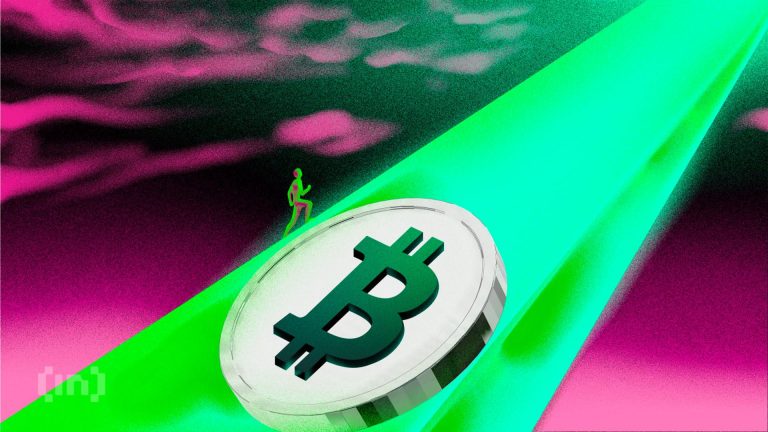
S&P Downgrades Tether’s Stability: What You Need to Know
S&P Global Ratings has recently issued a ‘weak’ rating for Tether’s USDT, citing concerns about its ability to maintain its 1:1 peg with the U.S. dollar. This downgrade has sparked widespread discussions in the cryptocurrency market, particularly due to the reliance on Bitcoin and other high-risk assets in Tether’s reserves.
Why Was Tether Downgraded?
According to S&P Global, the problems stem from Tether’s reserve management strategies. A substantial share of USDT’s reserves consists of volatile assets like Bitcoin. As Bitcoin’s value fluctuates, the reserves backing USDT could become undercollateralized, jeopardizing its stability. Moreover, the lack of detailed information about custodians, counterparties, and bank account providers has further raised red flags for the credit rating agency.
S&P’s report stated, “A drop in Bitcoin’s value, combined with a decline in the value of other high-risk assets, could reduce reserve coverage and lead to USDT being undercollateralized. Furthermore, limited transparency on reserve management and no asset segregation to protect against insolvency adds to the concerns.”
Tether Responds to the Downgrade
Tether has been quick to respond, strongly criticizing the rating. A company spokesperson emphasized that USDT has successfully weathered previous financial crises, exchange failures, and extreme market volatility without refusing redemption requests from verified users. Tether’s CEO, Paolo Ardoino, voiced his confidence on social media, stating, “We wear this with pride. The classical rating models have historically failed to predict financial collapses and are not tailored for the cryptocurrency space.”
The Larger Context: Impact on Stablecoins
This incident highlights the ongoing debate regarding the credibility and transparency of stablecoins. With USDT being the most-traded digital coin and a critical backbone of the crypto economy, its stability directly impacts market sentiment. Rival stablecoins, like USDC, have also faced challenges in maintaining their peg, magnifying concerns in the crypto market regarding long-term viability.
What Does This Mean for Crypto Traders?
For those who actively trade cryptocurrencies, S&P’s rating serves as a wake-up call to diversify and assess the risks of relying too heavily on any single stablecoin. As regulatory scrutiny intensifies, traders should consider stablecoins with better transparency and proven resiliency.
Recommended Product: Ledger Nano X Wallet
To manage your cryptocurrencies securely amidst market uncertainties, consider using the Ledger Nano X Wallet. This hardware wallet ensures secure storage of your digital assets and provides peace of mind during volatile market conditions.
In conclusion, while Tether disputes S&P’s downgrade, it underscores the evolving challenges stablecoins face in an emerging, regulated market. Crypto stakeholders must closely monitor developments and proactively manage their risks.



